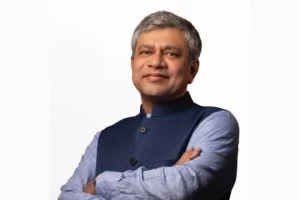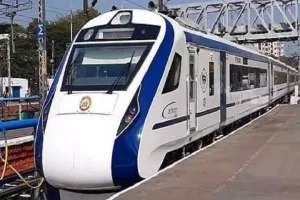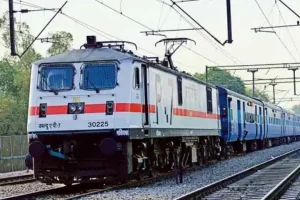Railways will achieve 100 per cent electrification of its broad gauge network in the next few months, much before the end of this fiscal, a senior Railway Ministry official has said.
The interim budget has allocated Rs 6500 crore for further electrification projects. With 100 per cent electrification, Indian Railways will become the largest green railways of the world. Already many regions in India are 100 per cent electrified.
“With a dedicated fund of Rs 6,500 crore in FY25 for further electrification projects, India is committed to achieving complete electrification,” a senior railway official told ANI
The Railways have spent over Rs 46,425 crore on electrification since 2014. But it will take some time for diesel locomotives to be retired and replaced by electric engines and the tide has firmly shifted with more electric engines than diesel engines. As of December 2023, Railways have 10,238 electric and 4,543 diesel locomotives.
The Railways electrified 7,188 kilometres of rail network in 2023-24. Routes that were electrified last year include Ahmedabad-Rajkot-Okha (499 km), Bengaluru-Talguppa (371 km), and Bhatinda-Firozpur-Jalandhar (301 km). The shift to electric traction is likely to cut 24 per cent carbon emissions by 2027-28.
Since 2014-15, Railways have electrified over 40,000 route km on the broad gauge network compared to only 21,80 km in all the years before 2014.
Officials said rail electrification is happening over nine times faster than what it was a decade ago, from 1.42 km per day in 2014-15 to about 19.6 km per day in 2023-24.
India is far ahead of the European Union, the UK, and the US on rail electrification. As per Energy Monitor and Indian railways data, Indian Railways are 95 per cent electrified, as compared to 56 per cent in the EU, 38 per cent in the UK and just one per cent in the US. Switzerland, however, is 99 per cent electrified.
Railway officials said the electrification programme has immense environmental benefits.
They said it is a growth catalyst as well, electrification reduces dependence on imported fossil fuels, projects create jobs during construction and it positions railways as a growth engine for the country’s economy.
Rail electrification is a major strategic initiative in terms of import substitution as electricity is generated domestically.
However, many experts argue that while electrification will save cost and have strategic importance, the Railways mostly take electricity from the grid and 70-80 per cent of the plants use thermal coke to generate power.
Unless electricity is generated from renewable sources, electrification will only mean changing the location of carbon emissions.
Railways have set a target to be the world’s largest green railway with zero carbon emissions by 2030.




















